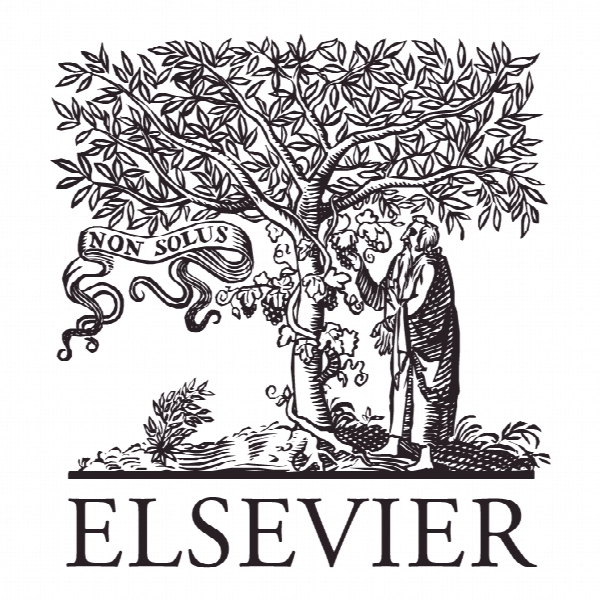منبع و ماهیت تکنولوژی های کلی برای حمایت از موج بعدی K: رهبری جهانی و مطالعه موردی سیستم هدف کاربر تلفن همراه نیروی دریایی ایالات متحده The source and nature of general purpose technologies for supporting next K-waves: Global leadership and the case study of the U.S. Navy’s Mobile User Objective System
- نوع فایل : کتاب
- زبان : انگلیسی
- ناشر : Elsevier
- چاپ و سال / کشور: 2017
توضیحات
رشته های مرتبط مهندسی فناوری اطلاعات و ارتباطات ICT
گرایش های مرتبط مخابرات سیار
مجله پیش بینی فنی و تغییر اجتماعی – Technological Forecasting & Social Change
دانشگاه ایالت ایالتی آریزونا
نشریه نشریه الزویر
گرایش های مرتبط مخابرات سیار
مجله پیش بینی فنی و تغییر اجتماعی – Technological Forecasting & Social Change
دانشگاه ایالت ایالتی آریزونا
نشریه نشریه الزویر
Description
1. A problem in technology studies: the source and nature of future general purpose technologies (GPTs) Technological change has a great weight in supporting long waves, economic and social change (Ayres, 1990a,b; Linstone, 2004; Phillips, 2008, 2011; Coccia, 2005a, 2007, 2008a, 2014a,b). A great force of the technical change is new path-breaking innovations, which are due to breakthroughs, learning and cumulative change of specific technical knowledge (Nelson, 2008; Daim et al., 2013; cf. also, Cavallo et al., 2014a, 2015). A typology of path-breaking innovation is the General Purpose Technology (GPT)1 : an enabling technology for a pervasive use in many sectors to foster new products and processes (Helpman, 1998, p. 3; Bresnahan, 2010). The GPTs can generate changes of technoeconomic paradigm (“Technological Revolutions”), “affecting many branches of the economy, as well as giving rise to entirely new sectors” (Freeman and Soete, 1987, p. 56; cf., Lipsey et al., 2005; Coccia, 2009b). GPTs are one of contributing factors that supports the “secular process of growth” (Bresnahan and Trajtenberg, 1995, p. 83) 2 and the upturn of Long Waves (LWs) or Kondratieff waves (K-waves; see Ayres, 1990a,b). In fact, the dynamics of K-waves has been driven, over time, by vital GPTs, such as steam engine and electricity generation (Ayres, 1990a,b), telegraph and telephone (Devezas et al., 2005), radio and TV (Devezas et al., 2005), Internet (Devezas et al., 2005; cf. Ayres, 2005), etc. In the field of the technological studies a main question is to explain the source and nature of new GPTs and other path-breaking innovations that can cause and sustain K-waves and future economic change in society (Ruttan, 2001, 2006). Scholars suggest some major innovations that may support current and next K-waves, such as molecular technology (Ruttan, 2001; Linstone, 2004), nanotechnology andsuperconductivity (Lipsey et al., 1998), biotechnology and materials science (Linstone and Devezas, 2012), faster than light technologies (Coccia, 2010a), and so on (cf. also Daim et al., 2006, 2009). However, in economics of innovation, the precise source and nature of new GPTs that may support the current and next K-waves are unknown. This study confronts the problem here by applying a theoretical framework, which endeavors to clarify and to generalize whenever possible, the source and nature of a new GPT in a not-too-distant future. This study can provide useful insights to explain the foundation for and direction of a possible GPT that may support current and next Kwaves as well as may sustain future technical progress, economic and social change.


